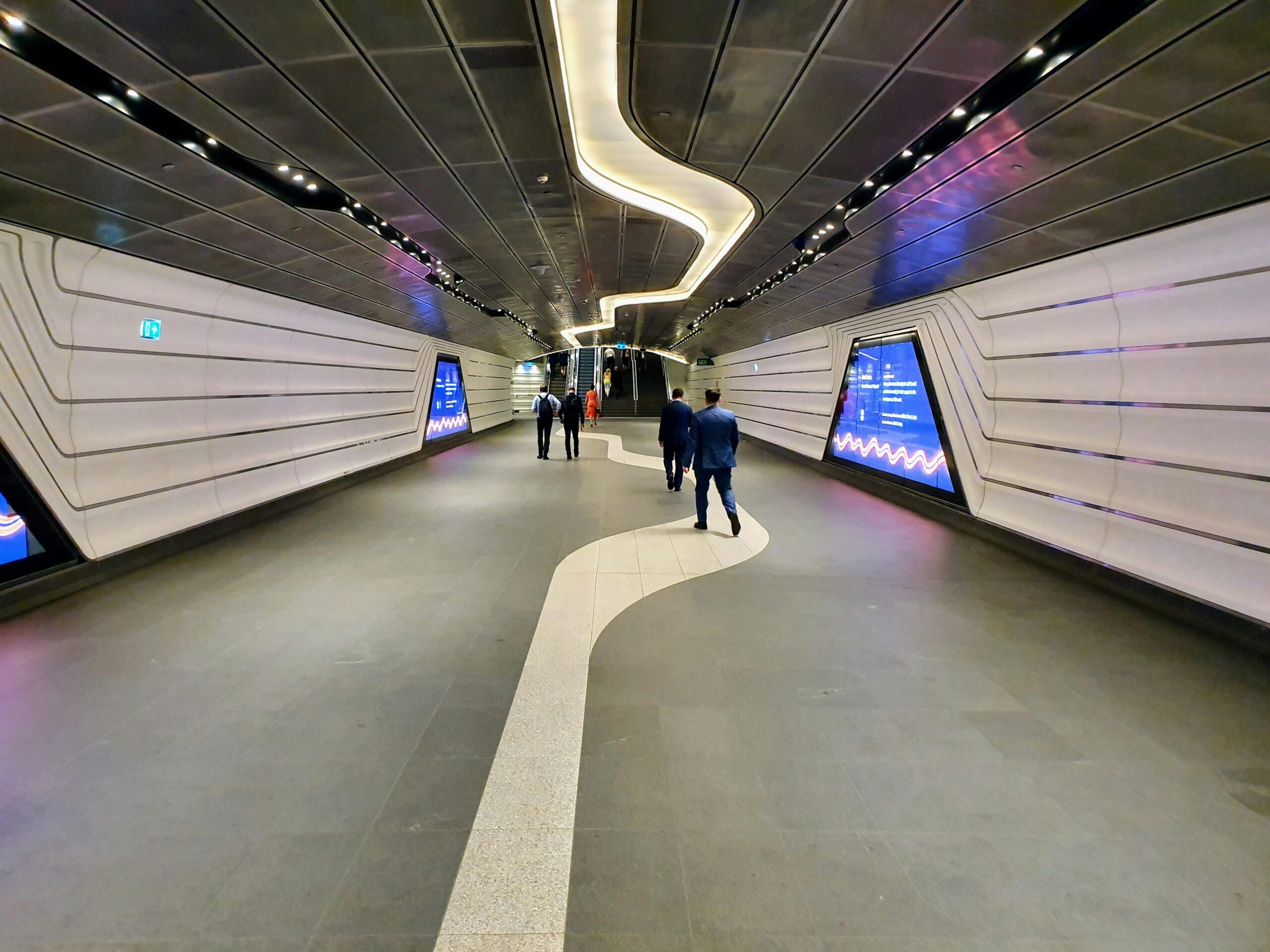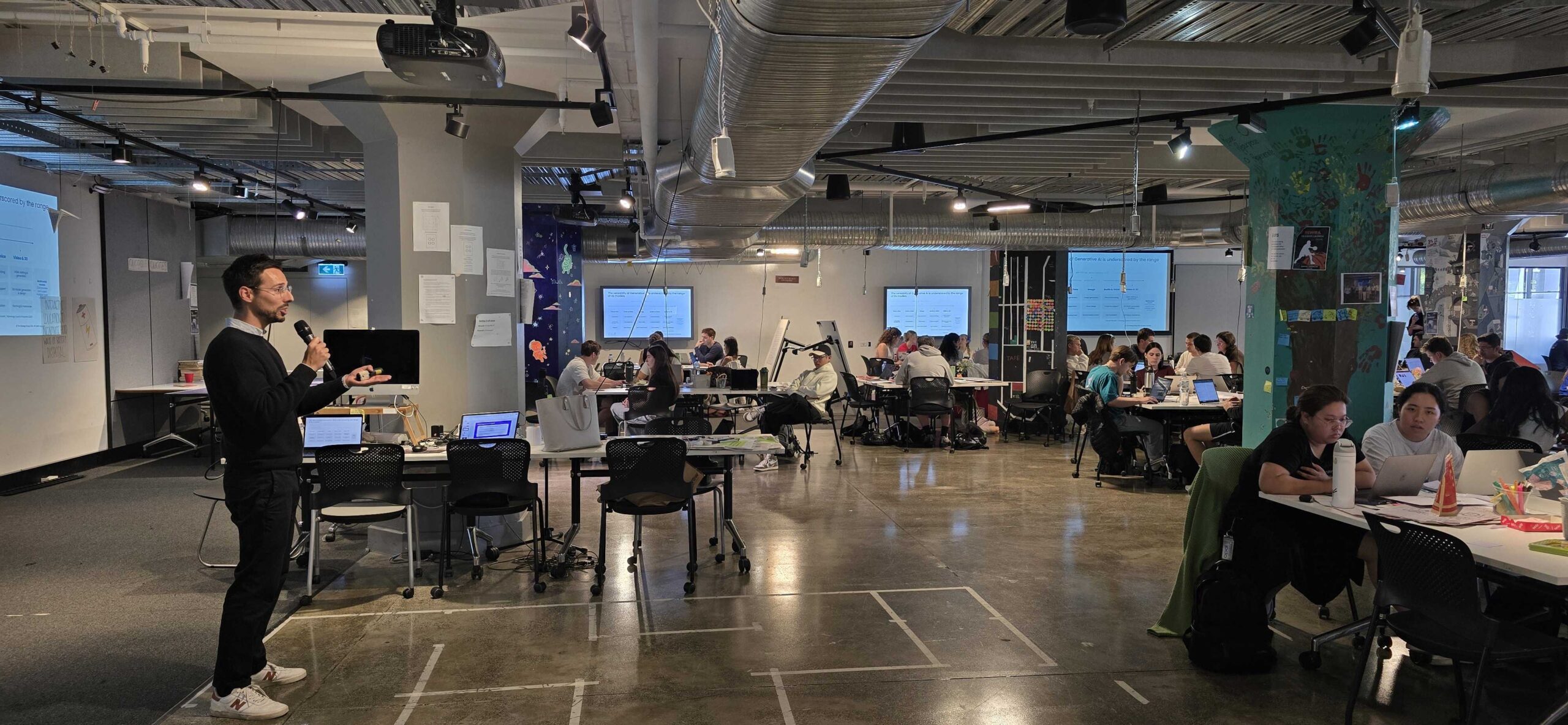The current thinking when it comes to a customer centric culture in technology focuses on the internet, high speed broadband, data and personalised medicine. However, at the other end of the spectrum is the customer demand for technological devices, robotics and advanced technology.
The Irreversible shift OF A CUSTOMER CENTRIC CULTURE
There has been a shift to consumer led, high patient expectations and demand in health care partially driven by factors such as the smart phone and a strong focus on technology. Equally, patients are becoming more empowered – they are asking questions and looking for outcomes that may provide a medical edge. In light of this, how can doctors and surgeons alike embrace a customer centric culture when there seems to be an emphasis on technology? When asking this question, it is important to note that there is now a trend that displays an irreversible shift. This shift is patient power moving from the perceptions of doctors ‘holding and managing power’, being transferred to a ‘shared power’ which is handing power over to patients.
Our primary research with surgeons and specialists suggests this irreversible shift to be prominent particularly amongst those surgeons who are at the cutting or leading edge of advanced technology. Patients who interact with these specialists are more demanding, attentive and have a thirst for technological advancements. It seems as though these patients are holding the power and making choices about the type of surgeon they want to perform the procedure. These patients cite positive outcomes and recovery stories from cutting edge technology. In turn, these patients become key influencers as they fuel a dialogue within their network and circle of influence.
BRAGGING RIGHTS
The overall perception is that cutting-edge surgical procedures provide patients with better outcomes. The idea of having a robotic procedure is a seductive and exciting solution as we are all consumers of technology. We all like to be seen as adopters of technology. It’s a bit like bragging rights. If your surgeon is technologically advanced and performing surgery with robotics it shows that you’re informed and connected. As such, patients are now asking surgeons if they perform with robotic technology, before making a decision to continue on with them. Patients are in the driving seat, choosing their own surgeon with the internet being the lever of that information. So, where are healthcare specialists now on the pendulum regarding a customer centric culture? It’s an interesting question as healthcare providers have always put patients’ outcomes and wellbeing first – it’s what they do. But technology seems to be swaying the pendulum to patients holding the power.
CONVICTION
Patients are keen to engage with surgeons who appear to be technologically advanced. These aware patients are becoming more influential and are driving the market push towards Robotics. Patients, much like consumers, don’t care about technology per se, but rather the extent to which they care about specific technology is the extent to which it benefits their lives. They are not interested in the ‘how’ but rather the ‘what’. As such, patients are not keen to understand the technology used for their surgery, but at the same time want reassurance that their surgeon is ‘technologically advanced’.
A surgeon who is perceived as ‘technologically advanced’, is more up to date, modern, and ahead of the times. This gives patients confidence in terms of the surgeon’s ability to perform their surgery. The gleaning of information is not warranted as most patients do not want or need to understand the details of their surgery or the technology used. Patients feel the technology details are unnecessary and, even if they knew, it wouldn’t help them in any way.
where’s the evidence OF THIS CUSTOMER CENTRIC CULTURE?
Like all good scientists, surgeons too are asking for the evidence that robotics provides better patient outcomes than traditional methods. The literature is full of contradictory citations, yet there is a mutual agreement that good post-operative recovery and outcomes is the key customer metric. So, where does the customer centric culture fit into the seduction of technology equation? Surgeons, like consumers, have differing opinions about technology. This situation can be compared to the Innovation Technology Adoption Diffusion curve. In this curve, you have your innovators, early adopters, all the way to your laggards (which eventually reach saturation level) – it’s just that now patients with their powerful voice may be pulling surgeons through the diffusion curve at an accelerating rate!
For further information about patient centricity at the centre of your organisation, building a customer centric culture or developing design thinking approaches, contact:
Yvonne Brennan
yvonne@thestrategygroup.com.au











